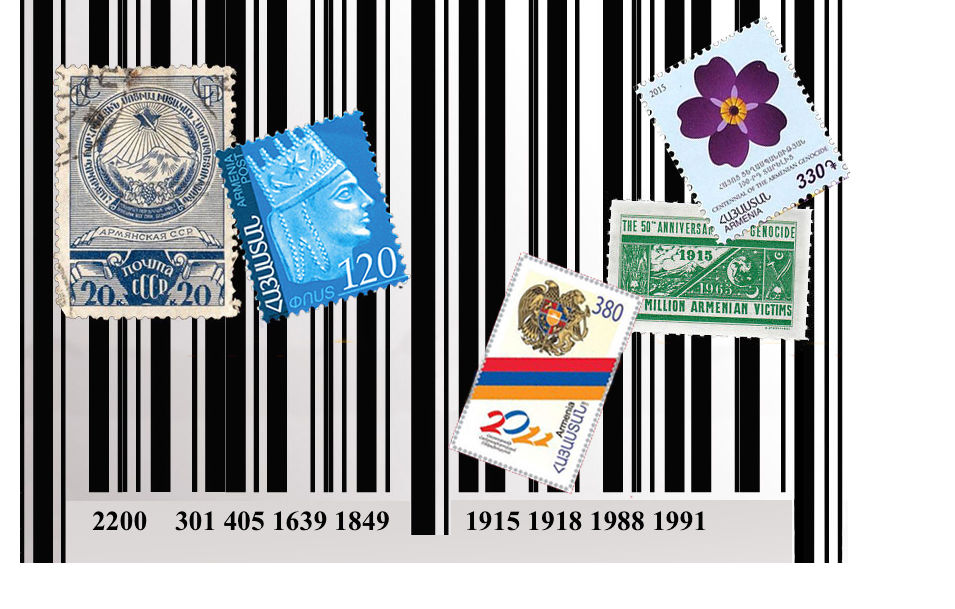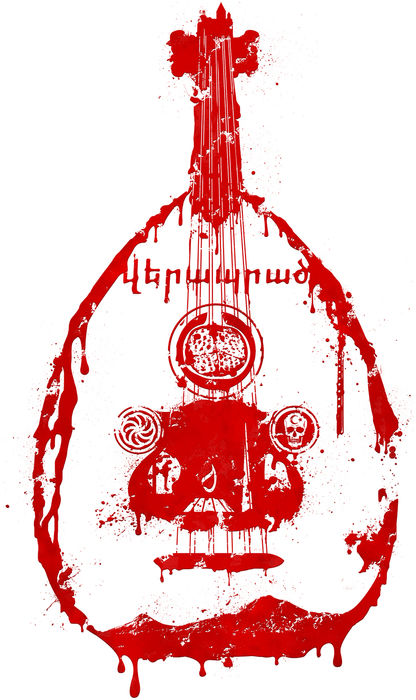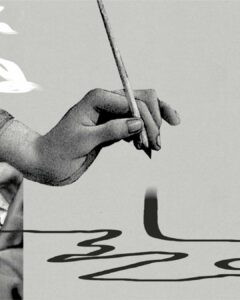

If, for the Armenian, bearing the Armenian identity implies an immediate set of rigid demands – fluency in the language, adherence to Armenian Christianity, heterosexuality, etc. – then those sorts of nationalistic expectations will indeed most likely be challenged in the generations to come.
The above list is a rather simplistic breakdown of what goes into identity, that too only ethno-national identity. Professional identity, social class identity, educational identity, gender identity, and many other kinds of self-description often inform one’s worldview and conduct much more immediately than ethnic affiliation. And yet, over the course of the 20th century and into the 21st, societies that used to belong to the Habsburg, Ottoman, and Romanov domains today give great importance to ethnicity, going so far as to inform state policies ranging from public education in minority languages to subsidies for religious institutions to genocide. Nationalism remains the dominant framework in these parts.
Such is the case with the Armenian nation as well – a group that is widespread, well into and across societies that don’t often give much consideration to ethno-national belonging or purposefully avoid that category. The Armenian identity is valued by Armenians to such an extent that a term exists – hayabahbanoum (in Western Armenian pronunciation) – to refer to actions undertaken in Armenian Diaspora settings that aim at retaining the identity, such as speaking the language, running schools and churches, cultural or other groups, discouraging marriage with non-Armenians, and so on. For much of the 20th century, surely as a reaction to genocide and Sovietization, the fear in the communities of the Middle East, Europe, the Americas, and elsewhere was that the Armenian identity was facing existential threat.
I argue that such is not the case, probably has never been the case. We are talking about an identity that has manifested itself one way or another (whether or not in the modern socio-political, nationalistic sense) for well over two thousand years. The Armenian Diaspora is itself a thousand years old at least, with or without genocides leading to waves of emigration. Perhaps my conclusion is drawn too anecdotally, based more on personal travels, rather than scholarship, but I have seen vibrant, thriving communities of Armenians in many places on our planet. If, in one place, the general situation deteriorates, there is always the option of moving on to the next spot.
That, really, has been the secret of Armenian survival: flexibility, risk-taking, a drive towards innovation and adventure. We go places, take advantage of what they have to offer while enriching the local economy for our own part, integrating and adapting… and yet clinging on to an ethno-national identity, an act which is still a bit of a mystery to me. It’s not that no Armenian has ever assimilated or not passed on Armenian culture to the next generation. But somehow, having an identity as a value in itself – especially in problematic scenarios, depending on the host country – is something I have trouble accounting for sometimes.



